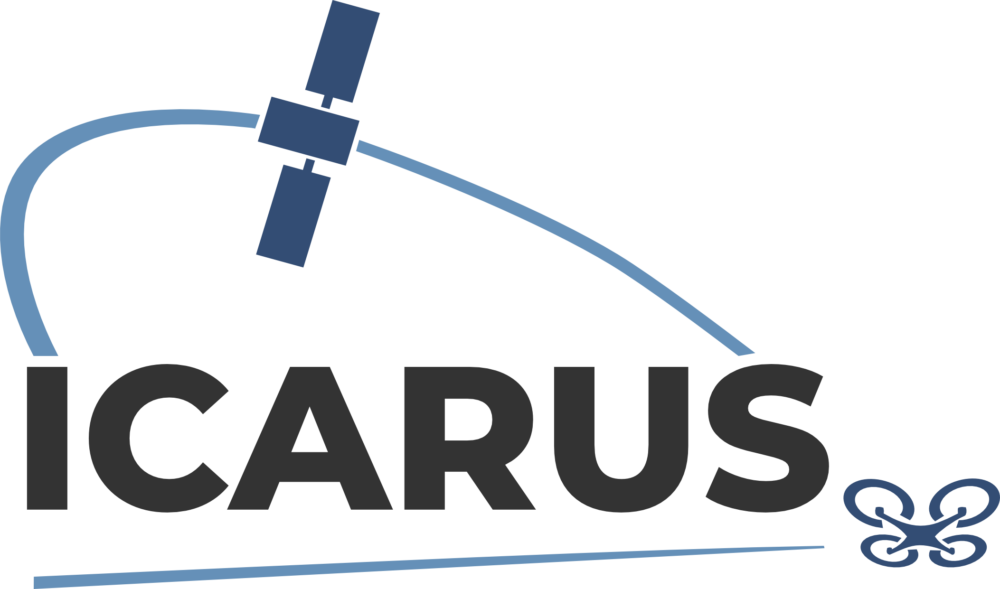We are pleased to announce the publication of the first White Paper: ICARUS web survey report.
This paper collects and summarises the results of the web survey conducted on our website, as well as feedback received during the two Advisory Board meetings.
Understanding the users’ needs
The stakeholders and the potential users of the Common Altitude Reference System are disparate: drone operators and pilots, manned aviation pilots, authorities.
And each of them may have different operational needs and concerns, so understanding the users’ needs is an essential part of the ICARUS designing process.
For this purpose, the ICARUS Consortium organised a public web survey on the project website during October and November 2020.
The consortium used the outcomes of this survey as a basis for the Reference Scenario identification task, which was part of the ICARUS Concept Definition document.
The questionnaire was publicised through social accounts, associations, internet portals, contacts of the beneficiaries, and members of the Advisory Board.
In total, 173 participants answered questions related to the main ICARUS proposals, with the drone sector much better represented (81%) than the manned aviation sector (21%).
In total, 173 participants answered questions related to the main ICARUS proposals, with the drone sector much better represented (81%) than the manned aviation sector (21%).

Main highlights from the survey
In a nutshell, the survey demonstrated that the drone sector overwhelmingly appreciates the proposals made by ICARUS, with very positive comments such as:

On the other hand, manned aviation representatives were more cautious, especially those coming from General Aviation that considered our proposals burdensome, such as:

We appreciate all comments, good and bad, and we have considered the feedback received from the future users of the ICARUS service for the design of the service and its capabilities.
In summary, even considering the very limited information provided by the questionnaire about the ICARUS CARS concept, the drone sector welcomes the planned results of the ICARUS project while manned aviation will require much more convincing.
Arguably the most important result from the exercise was regarding what is probably the most controversial proposal made by ICARUS, the establishment of Geodetic Altitude Mandatory Zones (GAMZ), that is sections of the Very Low-Level airspace in which the traditional barometric altitude reference used in aviation would be abandoned in favour of a new Geodetic Altitude reference. As can be seen on the following chart, the proposal was considered acceptable by most members of the Advisory Board (60%) and the participants from the drone sector in the survey (55%).
The proposal was rejected by representatives of the manned aviation sector with a similar percentage (55%), even though these zones will not affect them since they would be restricted to airspace in which general aviation traffic is not allowed!

If you are interested in the future of altitude reference in aviation you should download the report to see by yourself what are the main perceived defects of the current barometric altitude paradigm for operations in low level airspace and what are the needs of the drone operators and pilots that have to live with these limitations.



